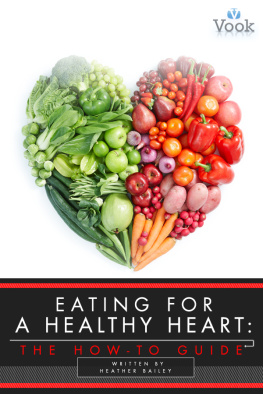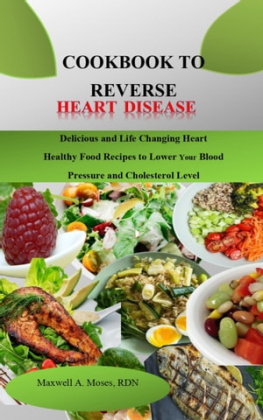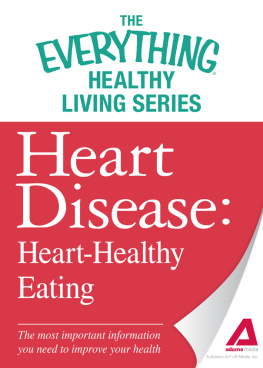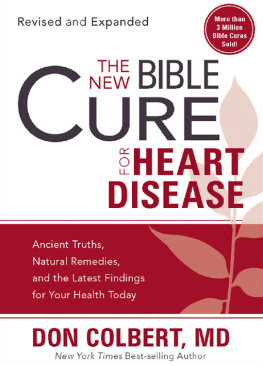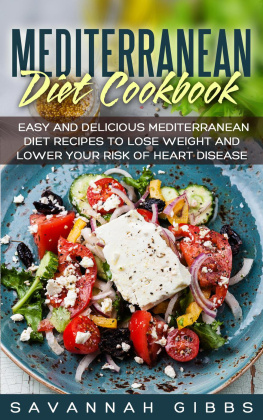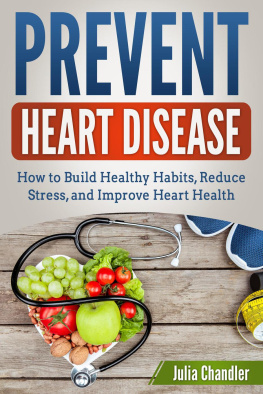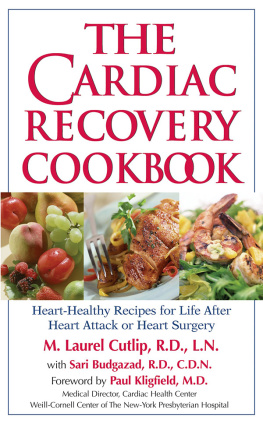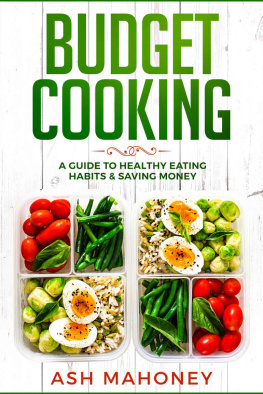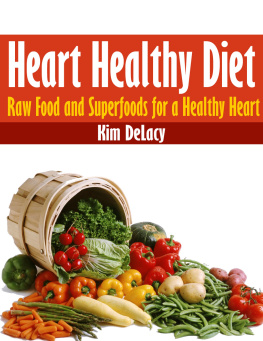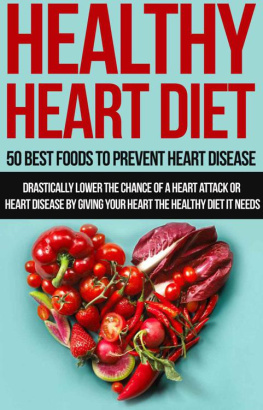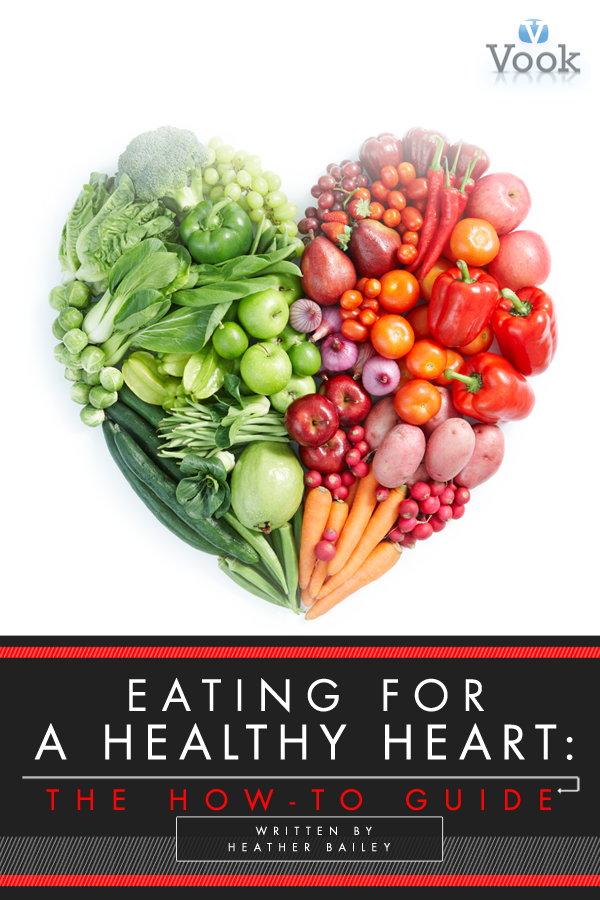Credits & Copyright
Author Profile:
Heather Bailey - Heather Bailey is a certified nutritional counselor living in East Orleans, MA. She specializes in theurapeutic diets, weight loss plans, and detoxifying programs. She offers one-on-one and family counseling. Explore her website for information on session and packages, we well as food products geared towards health and weight loss.
Web Links:
- Author Website
- American Heart Association
Eating For a Healthy Heart: The How-To Guide
by Heather Bailey
Do you want to learn the secrets to heart-healthy eating with flavor? "Eating for a Healthy Heart" combines eight step-by-step chapters and great recipe ideas. Start on a path to better health and fewer restrictions! This Vook will identify the bad habits that can lead to heart disease as well as the factors you'll need to consider when choosing which foods to eat. Instead of feeling anxious when you open the fridge, Heather shows you how to enjoy the foods you love and crave while keeping a reasonable balance. You'll learn how to adjust your lifestyle and ordering habits when dining out, and also how to prepare delicious recipes at home, including easy variations on the recipes you already enjoy.
Copyright 2011 Vook, Inc.
Compilation copyright 2011 Vook, Inc.
Vook is a registered trademark of Vook, Inc.
Chapter 1
Factors That Lead to Heart Disease
H eart disease is a modern phenomenon. During the past century, the incidence of chronic heart disease has soared, with more than 50 percent of Americans over the age of 50 developing some form of cardiovascular disease. Contemporary dietary and lifestyle habits have clearly played a key role in the development of heart disease; simply put, we all eat more than we should and move less than we ought to.
Since World War II, food has become increasingly abundant and inexpensive thanks to commercial food processing techniques. Along the way, our diets have shifted significantly. Today most Americans eat a diet thats largely based on processed foodsmany in the form of fast food or convenience-oriented frozen prepared meals. Heavily processed foods have replaced the whole, fresh foods like fruits, vegetables, and lean meats that have formed the basis of the human diet for thousands of years. Since evolutionary adaptations normally take thousands of years to occur, the drastic changes we made to our diets during the last five or six decades were bound to have negative effects.
Compounding the challenge, It is not just the foods we eat that have changed dramatically in recent years. We also lead much more sedentary lifestyles than our grandparents. Sure, some of us may go to the gym or even a yoga class, but we may also drive our cars to get there and then spend the rest of our day sitting at a desk in front of a computer screen. Not long ago, walking was a common mode of travel and many people worked jobs that required physical labor. As grueling as many of those jobs may have been, the activity itself probably helped many of those workers live healthier lives. Our bodies are designed to move; when we dont engage them, our metabolisms slow down and we begin to store unused energy as fat.
Leading Factors of Heart Disease
- Unhealthy diet
- Sedentary lifestyle
- Unhealthy habits (smoking, alcohol abuse, etc.)
- Stress
- Genetics
As far as genetics go, its an important factor, but theres not much anyone can do about it. Sadly, some people just have a greater likelihood of developing heart disease than others. Yet the majority of those who suffer from chronic cardiovascular disease can trace the source of the disease to poor lifestyle choices, like being overweight or obese, smoking, or not finding proper ways to manage the stress of modern life. Monitoring and addressing the factors we can control significantly reduces the risk of a potentially fatal heart attack or stroke.
So if a recent blood test or trip to your general practitioner resulted in a diagnosis of either high cholesterol or hypertension, or both, its time to make some substantive changes in your life.
TIP
Simply changing your diet wont cut it. If you really want to prevent heart disease or manage your existing condition, its essential to adopt a comprehensive approach that combines, diet, exercise, stress reduction, and (sometimes) medication.
Chapter 2
Initiating Realistic Lifestyle Changes
C hange is never easy. If anyone tells you it is, they are lying. But what can make change a whole lot easier is having goals that are realistic and attainable. When it comes to heart disease, if you have recently been given a troublesome diagnosis, fear can be a significant catalyst for changethough this may be only temporary. The most important goal is to adopt simple and concrete changes that will become healthy, lifelong habits.
Everyone has unique needs, so changes that may work for some wont work for all. It is important to make those changes that will work for you and your family. If you live with a spouse or children, you will need their support as well to ensure your changes to actually work. It is impossible to make fundamental lifestyle changes without backing from those you live with day-to-day. That may mean roommates or even officemates, so be sure to involve all of those close to you.
Whole fresh foods are a key component to a heart-healthy lifestyle. So if you open your pantry or refrigerator and find that most of the food comes in a box or a bag, thats the very first place to start.
Buying and storing fresh, whole foods can be a challenge, especially for those accustomed to eating frozen meals and processed foods. But if you follow some of basic rules, change becomes much easier:
- At the grocery store, shop only around the perimeter. Almost every grocery store is designed the same, with the outermost aisle containing the fresh produce, dairy, and fish and meat departments. By avoiding those center aisles full of junk food, you avoid temptation.
- Switch to whole-grain varieties for all bread and pasta products.
- Wash and cut-up fresh produce, such as broccoli, before you put your groceries away. This helps to ensure you have fresh raw veggies on hand, and it makes cooking with them much easier.
- Be prepared. That may mean carrying a healthy snack with you at all times or making sure that you refrigerator is stocked with fresh fruits and vegetables. Its easy to make poor food choices when we dont have access to healthy alternatives.
- Beware of pre-made meals. A pre-cooked rotisserie chicken can save you loads of time, but those pre-made pasta dishes are usually loaded with hidden fats and sodium. Worse, nutritional facts are hard to find for these products.
Buy foods you are familiar with and actually enjoy. You may be tempted to try a variety of foods touted as heart-healthy, but this can be wasteful. Start with the familiar and go from there. You can always become more adventurous over time, but the early days of a new regimen are crucial. Your transition will be much easier if the changes feel more natural.
TIP
Here are two simple rules to live by for a healthier heart and body:
Rule 1: If your great grandparents would not recognize something as an edible food, dont eat it.
Rule 2: Do not buy or eat any food product that has more than one word you are unable to pronounce on the ingredient list.

